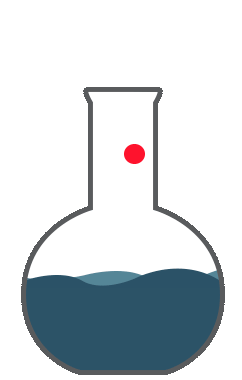
Please wait...
Application: Cryogenic Grinding of Electronic and Computer Components
The Restriction of Hazardous Substances (RoHS) and Waste Electrical and Electronic Equipment (WEEE) directives of the European Union were introduced to minimize the accumulation of hazardous waste in landfills from the disposal electrical and electronic equipment. The concentration of hazardous substances such as lead, cadmium, mercury, chromium VI, polybrominated diphenyl ethers (PBDSs), and polybrominated biphenyls (PBBs) are restricted in electrical and electronic products and/or components.
RoHS/WEEE states that if the component can be mechanically separated, then each component is subject to the RoHS limits. The definition of exactly what this means is an ongoing process. One thing is certain, in order to get an accurate result, these products and components must be reduced to homogeneous, representative samples.
Many components such as circuit boards, wire, solder, polymers, and resins are difficult, if not impossible, to grind using traditional methods. Cryogenic grinding in the Freezer/Mill is the easiest way to homogenize these materials. Using cryogenic grinding to chill samples until they are brittle, and then break them up through impact, crushing, or shearing allows the toughest samples to be ground.
Please complete the form to download the complete application note.